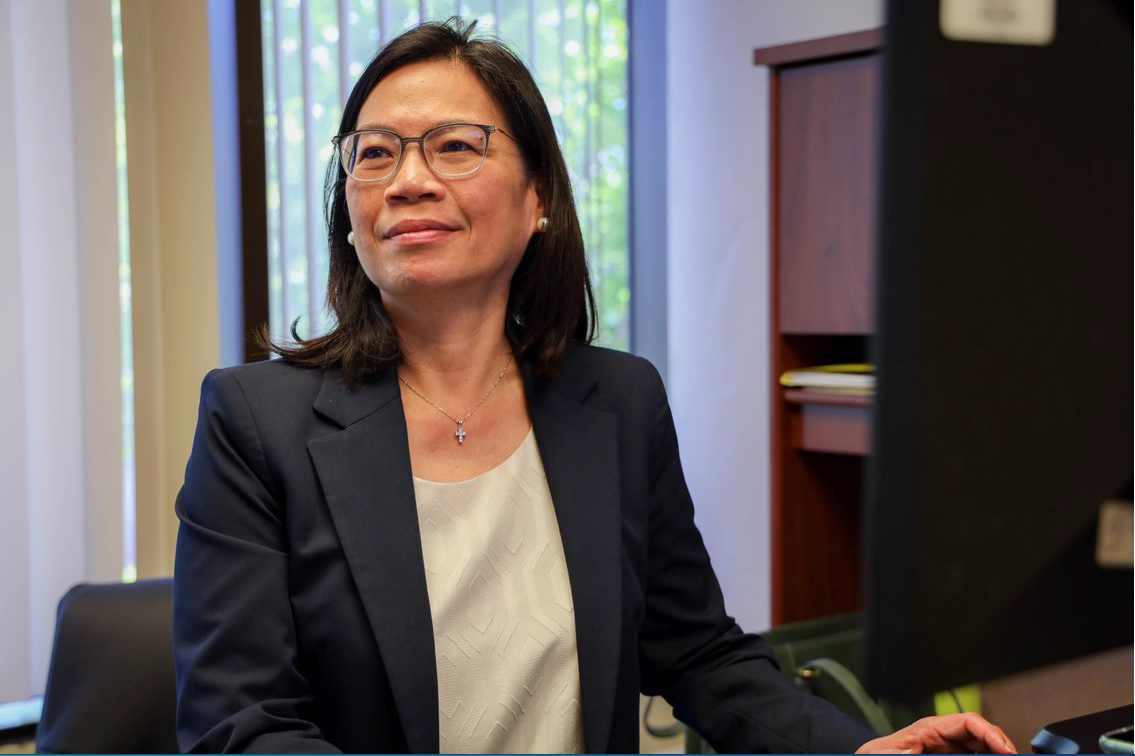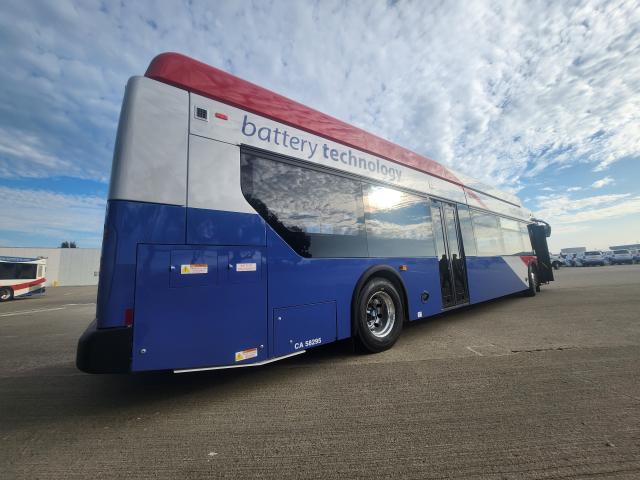Over the next decade, SamTrans will transition its fleet of 319 diesel-powered buses into clean, zero-emission, electric-powered vehicles. It’s a massive project and will likely end up costing more than $600 million.
It's not just buses that need to be replaced in order to make this happen. A shift of this magnitude requires changes throughout the system, from daily cleaning and maintenance to charging and refueling.
For the more than eight-million passengers a year served by SamTrans and the millions more who live and work along our transit routes, these changes will be personal. When completed, Emission Zero will help greatly reduce greenhouse gas emissions in San Mateo County and annually keep thousands of tons of exhaust particulates out of the air we all breathe.
In order to better understand how this transition will take place in the months and years to come, we turn to Deputy Chief, Fleet and Facilities Infrastructure Liria Larano, the person behind the wheel of the Emission Zero project at SamTrans.

SamTrans Deputy Chief, Fleet and Facilities Infrastructure Lira Larano
Liria, what excites you most about the Emission Zero project?
The project is exciting because I work with many who care about improving air quality not only for our transit riders and our work force but also for the communities we serve.
The project involves more than just buying a bunch of electric buses, right?
Yes, there are entire systems behind the scenes that need to be adapted to handle the new buses, whether they’re battery electric (BEBs) or hydrogen fuel cell electric (FCEBs). We need to create the infrastructure to charge or refuel the buses. Also, operating and maintaining them require new safety equipment and procedures — and we have to build these systems not for the dozens of buses that we’re bringing on in the near future, but for hundreds of vehicles that we’ll eventually have as part of the fleet.
Help us understand the difference between battery and hydrogen fuel cell buses?
SamTrans originally intended to exclusively procure battery electric buses (BEBs) – vehicles where the energy storage and motive functions come from rechargeable batteries and electric motors rather than by the carbon-based fuels and internal combustion engines used by conventional buses – to replace diesel buses that comprise the majority of its fleet. In 2022, in response to developments in and intelligence gained regarding hydrogen fuel cell electric bus (FCEB) technology, SamTrans decided to procure FCEBs in addition to BEBs. FCEBs can travel for long distances before needing to be refueled. An FCEB’s range is 300 miles, which is 50% longer than the 200 miles that BEBs can travel before their batteries need to be recharged or replaced. FCEBs can also be refueled quickly, in about 15 minutes. In comparison, BEBs require 4 to 6 hours to charge. FCEBs also have a smaller footprint than BEBs in terms of infrastructure. FCEB fueling stations take up much less space than BEB charging infrastructure. SamTrans is moving forward with both types of zero-emission vehicles to provide flexibility and resiliency to our system.
When and where might passengers expect to board a zero-emission SamTrans bus?
We launched our new generation of zero-emission buses on August 7 as vehicle #1000 went into daily service. For now, this bus is being assigned to rotating routes as we gather performance data. More buses will go into service in the months to come, first BEBs and then FCEBs. It’s all very exciting!
The California Air Resources Board set a statewide goal for public transit agencies to hit 100% zero-emission bus fleets by 2040. SamTrans plans to hit that goal by 2034, is that correct?
The SamTrans goal of having a 100% zero-emission fleet by 2034 was determined by the need to replace the diesel buses when they reach the end of their useful life. The last set of diesel buses will reach the end of their useful life in 2032, and delivery of the zero-emission buses that will replace them is expected in 2034.
It's an expensive project, so how will SamTrans pay for all the different aspects of this transition to a zero-emission fleet?
SamTrans will pay for the project with federal and state funds, as well as local sales tax money which includes Measure W in San Mateo County — a half-cent sales tax measure passed by voters to help fund transportation needs. In addition, the transit district will continue to apply for competitive federal and state grants to help pay for the project. The state of California just announced that it’s going to help us pay for the construction of charging infrastructure at our South Base bus yard for 37 BEBs.
